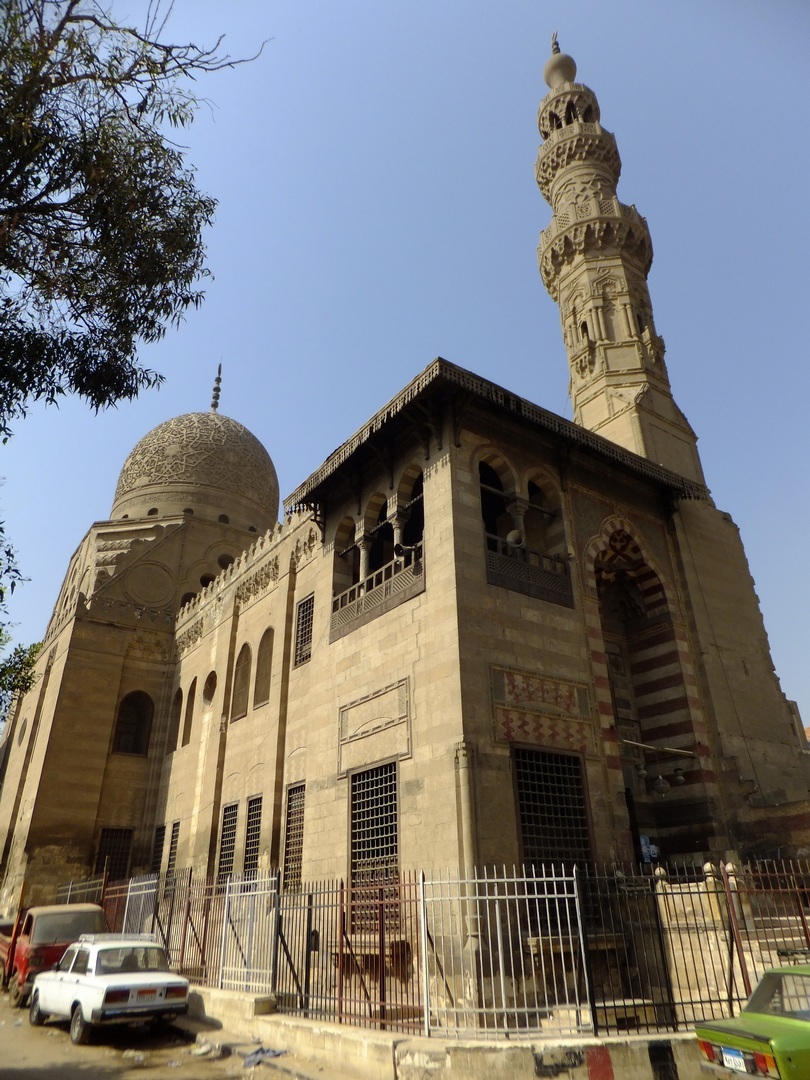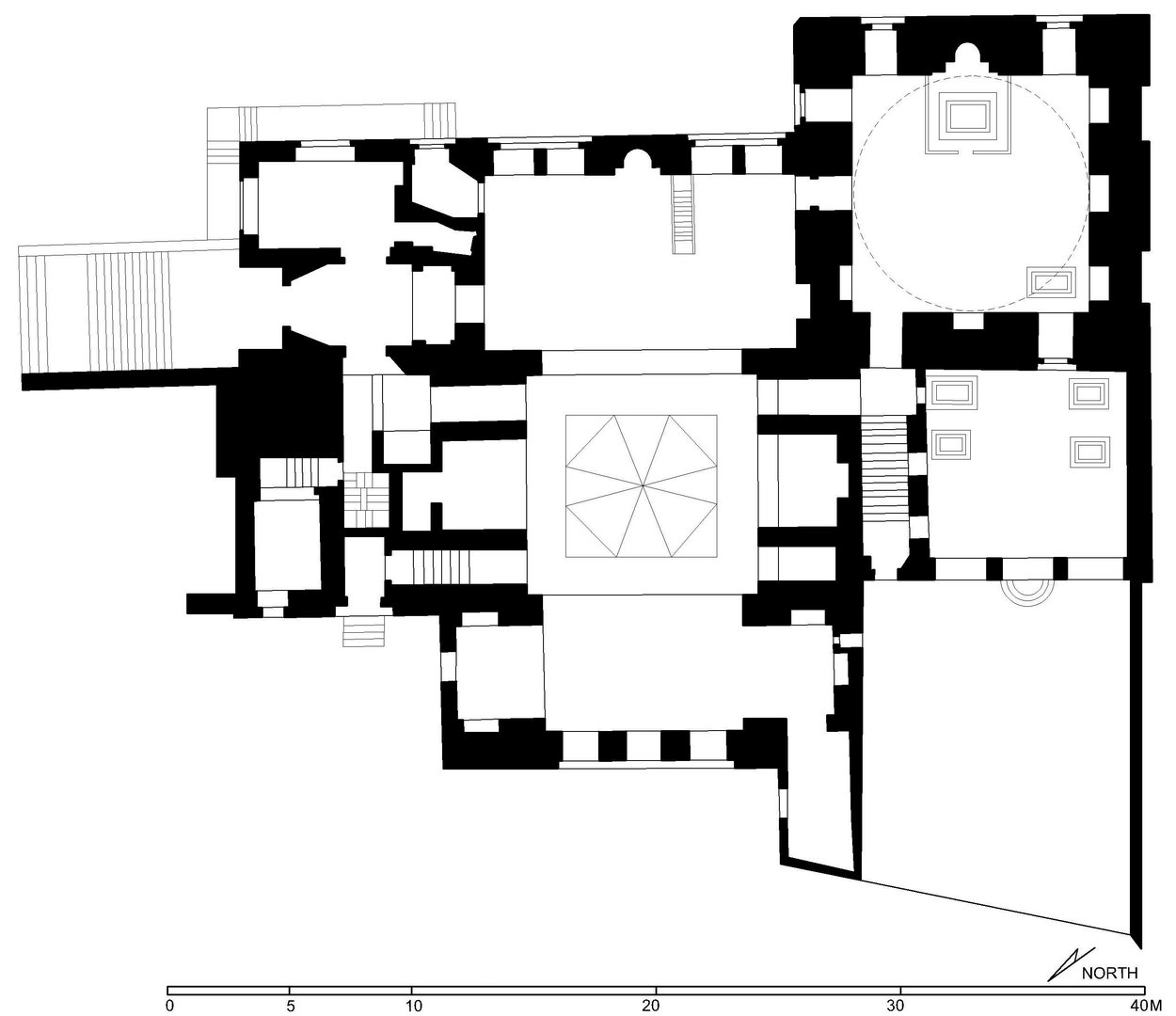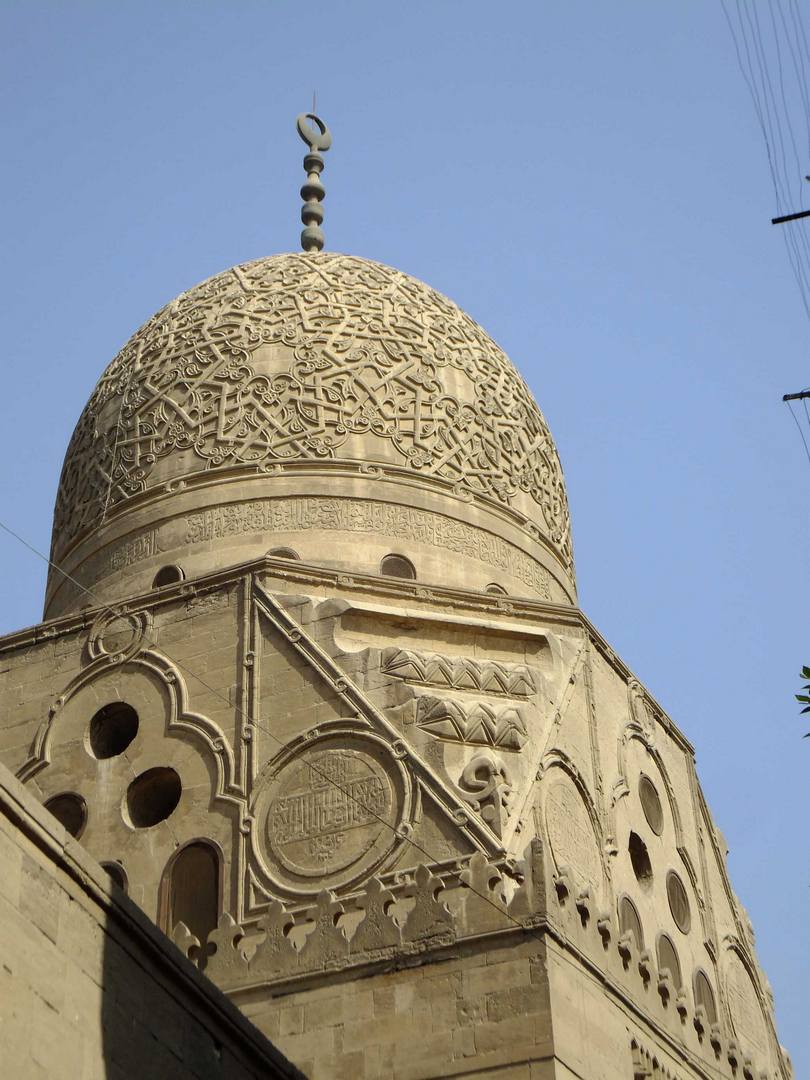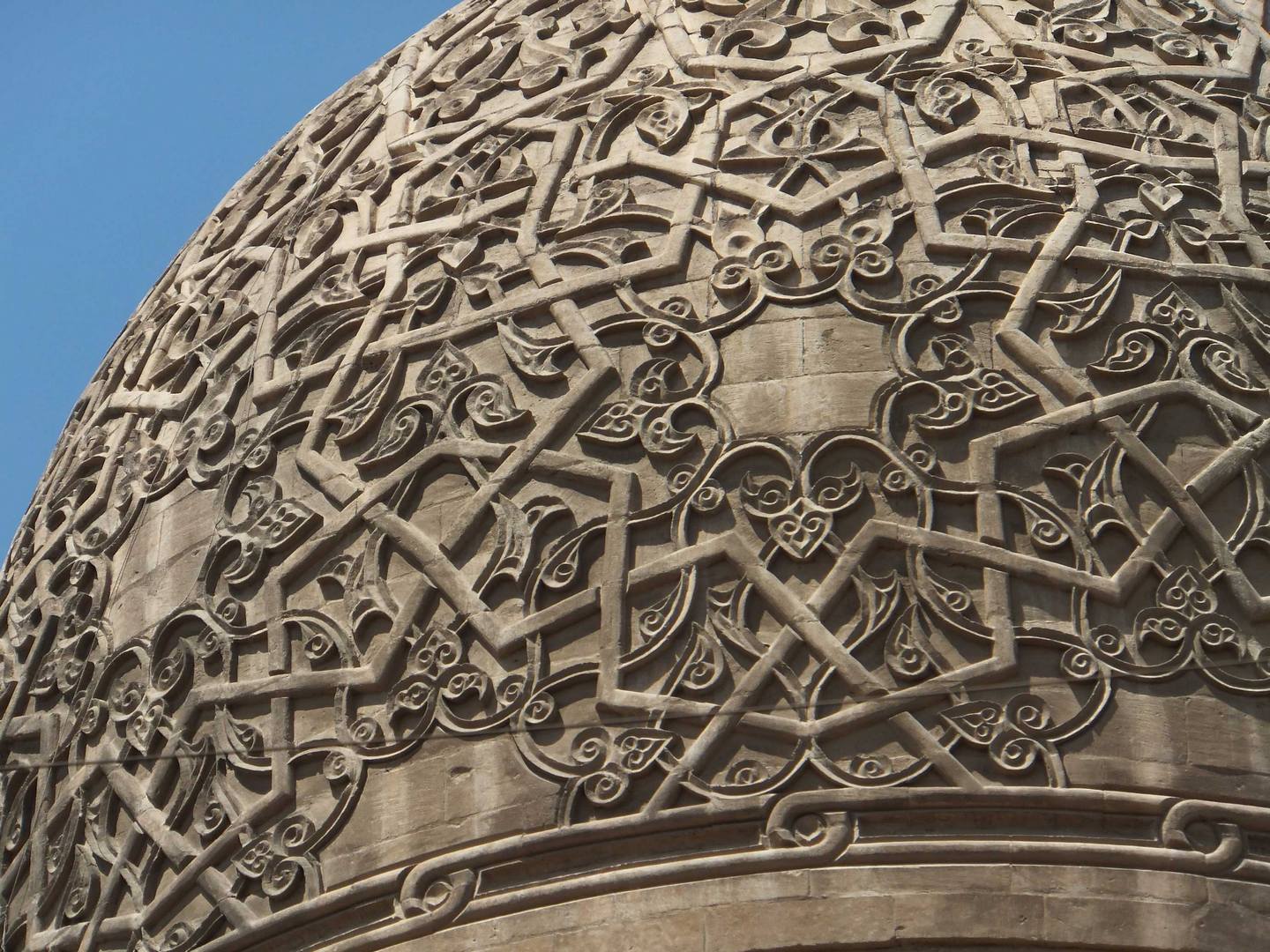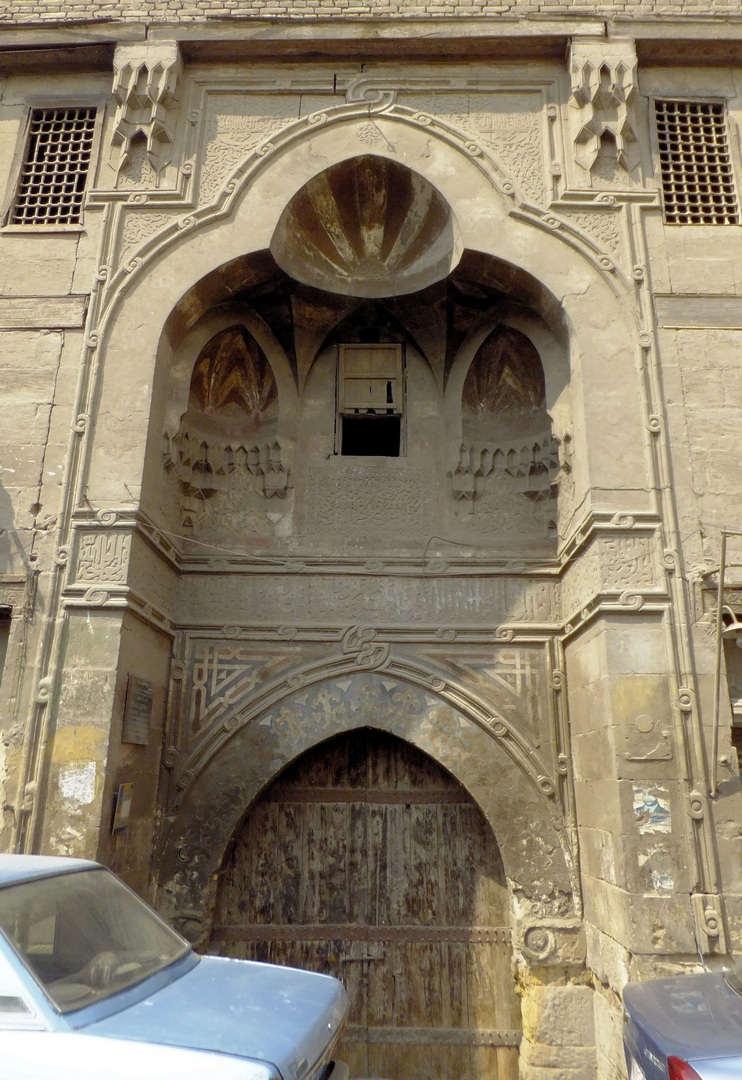Description
Property Name: Sultan Al-Ashraf Qaytbay Mosque and Mausoleum
Inventory No: 20-2-13
Date of infill of the inventory form: 2007-12-17
Country (State party): Egypt
Province: Cairo
Town:
Geographic coordinates: 30° 2′ 38.4″ N
31° 16′ 30.05″ E
Historic Period: Burji Mamluk (1382-1517)
Year of Construction: 1472-1474
Style:
Original Use: Madrasa, Mosque, Mausoleum
Current Use: Mosque, Mausoleum
Architect: Unknown
Significance
The funerary complex of Sultan Qayitbay is one of the largest complexes in the northern cemetery of Cairo, consisting of a mosque-madrasa, mausoleum of the sultan, dwelling house for Sufis, a hall and another madrasa bearing the mausoleum of the sons of the sultan. The complex is a magnificient example of rich decoration and artistic elegance, this is especially obvious in the masonry dome of the sultan’s mausoleum, which is one of the masterpieces of Mamluk decoration.
Selection Criteria
vi. to be directly or tangibly associated with events or living traditions, with ideas, or with beliefs, with artistic and literary works of outstanding universal significance
State of Preservation
The Complex was thoroughly restored by the Comité de Conservation des Monuments de l’Art Arabe in the late 19th century, and then again recently: the conservation of woodwork was ongoing in 2014.
References
Behrens-Abouseif, Doris. The City in Islamic Architecture in Cairo: An Introduction. E.J. Brill, New York, 1989.
Michell, George. Architecture of the Islamic World: Its History and Social Meaning. Thames and Hudson, London, 1978.


